Back in the olden days when photography has not yet existed, influential people are able to immortalize their image through paintings and sculptures. With these works of art, generations can still relive the images of ancient Roman emperors such as Julius Caesar, Octavian Augustus, and Nero. By looking at these Roman emperor sculptures, we come to realize how they really looked. Without a spot of imperfection, their images appear almost to the point of being ‘god-like’. But did they really look this in real life? One Spanish artist attempts to uncover the real faces of these Roman emperors by creating hyper-realistic sculptures of their images.
You might be asking why this certain artist aims to recreate these ancient sculptures. Did he think that ancient sculptors weren’t good enough to copy the exact image? As a matter of fact, ancient artists are exceptionally great. The only problem is that they are forced to follow what their models want, instead of capturing what they perceive. In other words, ancient Roman emperors dictated how they want to appear on the sculptures, paintings, and even on coins. For one thing, these powerful rulers wanted to be portrayed as perfect as possible, without a trace of any flaw.
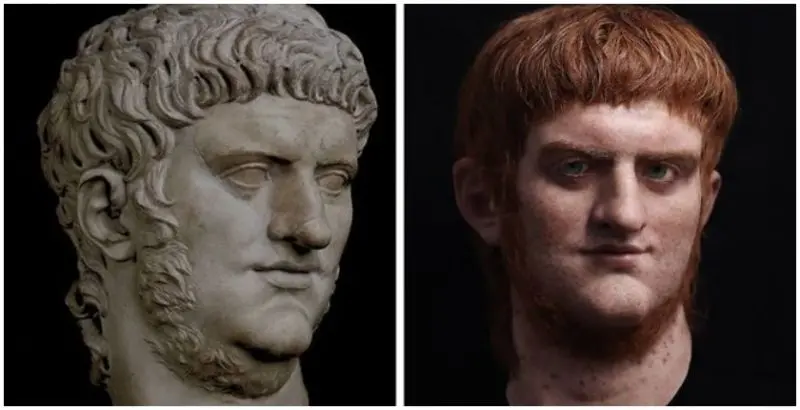
The Césares de Roma project
These immortal figures of Roman emperors have been passed down from generations to generations. With no actual evidences of how they really looked like, everyone seems to believe that they are indeed perfect-looking. But that belief may not linger for too long. The Césares de Roma project has been working on re-imagining some of the famous sculptures from ancient Rome.
The artist recreates the original sculptures by using silicone casts. Then he precisely applies paints to create realistic facial features. To complete the hyper-realistic sculptures, he uses real human hair and sews each strand into the head of the figures. And the results are mind-blowing, incredibly realistic images that will make you say “they’re not that perfect after all.”
Julius Caesar
Let’s take a look at the sculpture of Julius Caesar. Here we can see that he looks more human than the original one. His facial features are more recognizable and more realistic but his aura of being a formidable ruler still remains. No one would’ve thought that this mighty Roman ruler actually looks like a middle-aged man with a receding hairline. His grey eyebrows are slightly furrowed which are giving more intensity to his stare. The image itself tells exactly about his character as an ambitious military general and a conqueror before he became a dictator. His long reign of dictatorship ended when he was assassinated by his senators. And his death brought about the transition of Rome from Republic to Empire in the first century BC.
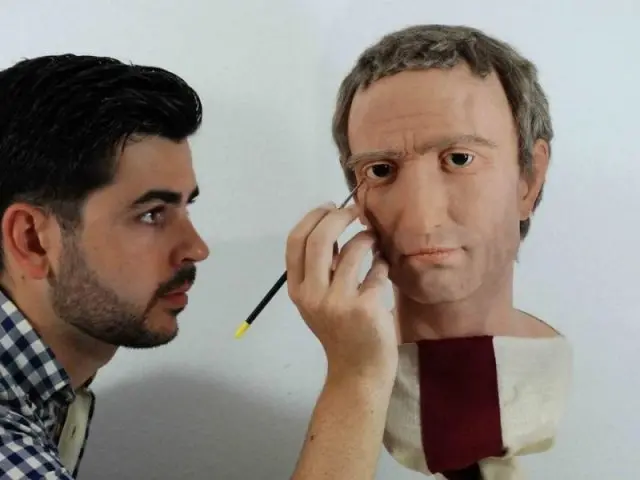

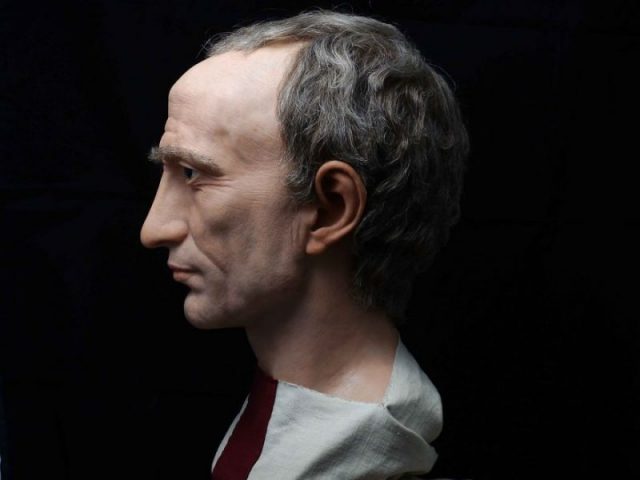
Octavian Augustus
We proceed to the next sculpture depicting Octavian, the successor of Julius Caesar. Since Rome has become an empire, Octavian was considered its first emperor and used the name Caesar Augustus. During his reign, Rome luxuriated in a moment of harmony and peace. His peace-loving nature is conspicuous on this re-imagined version of his sculpture. Here we can see him as a young, clean-shaven man with a hint of a cunning personality. His bright blue eyes are exuding with intelligence and sagacity which made him an impressive yet intimidating emperor.
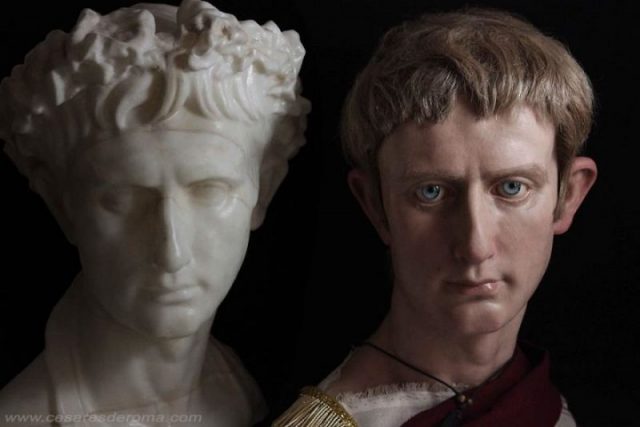
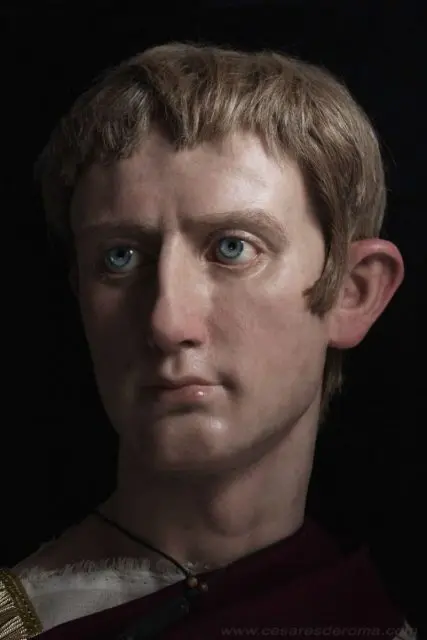
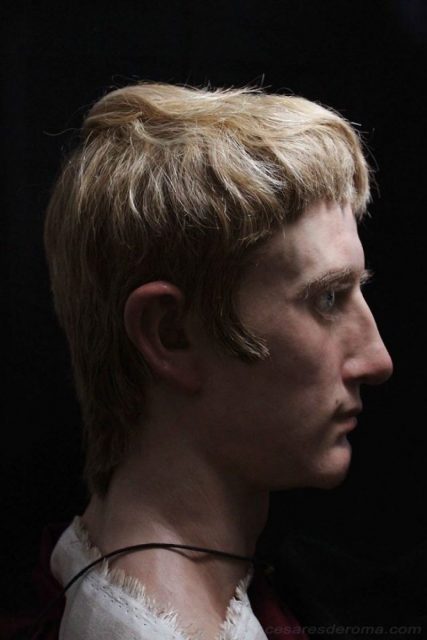
Nero
The last figure in the Césares de Roma project’s list is this sculpture of Nero. This notorious emperor will always be remembered as a tyrant ruler known for his demeaning behavior and lewd habits. The original sculpture of him didn’t have any trace of his real nature. However, the re-imagined work reveals his sly expression and manipulative nature. With his ginger hair and straggly beard, this is probably the most idealistic representation of him that we’ve ever seen.

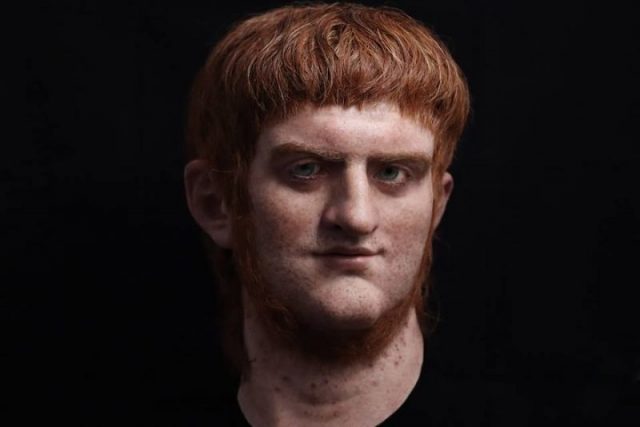
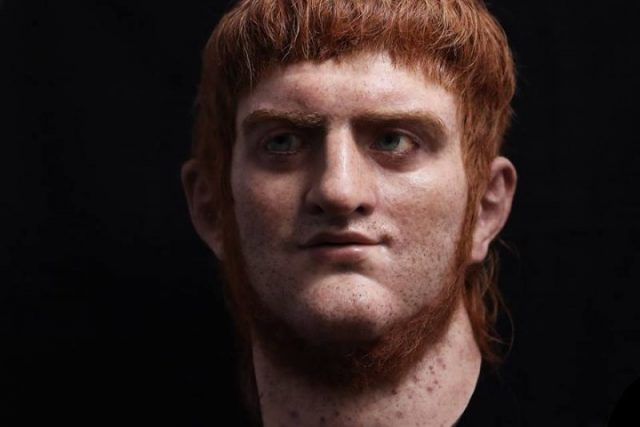
More hyper-realistic sculptures to come
These hyper-realistic sculptures allow us to see classical history from a human perspective. In order to come up with a more realistic result, the artist uses information from other paintings, coins, carvings, and other sources. These details are valuable in the conceptualization of their actual appearance. The project is still on-going as it plans to include Caligula and Trajan into the list. And we can’t wait to see more faces of ancient Roman emperors coming back to life in the future.
